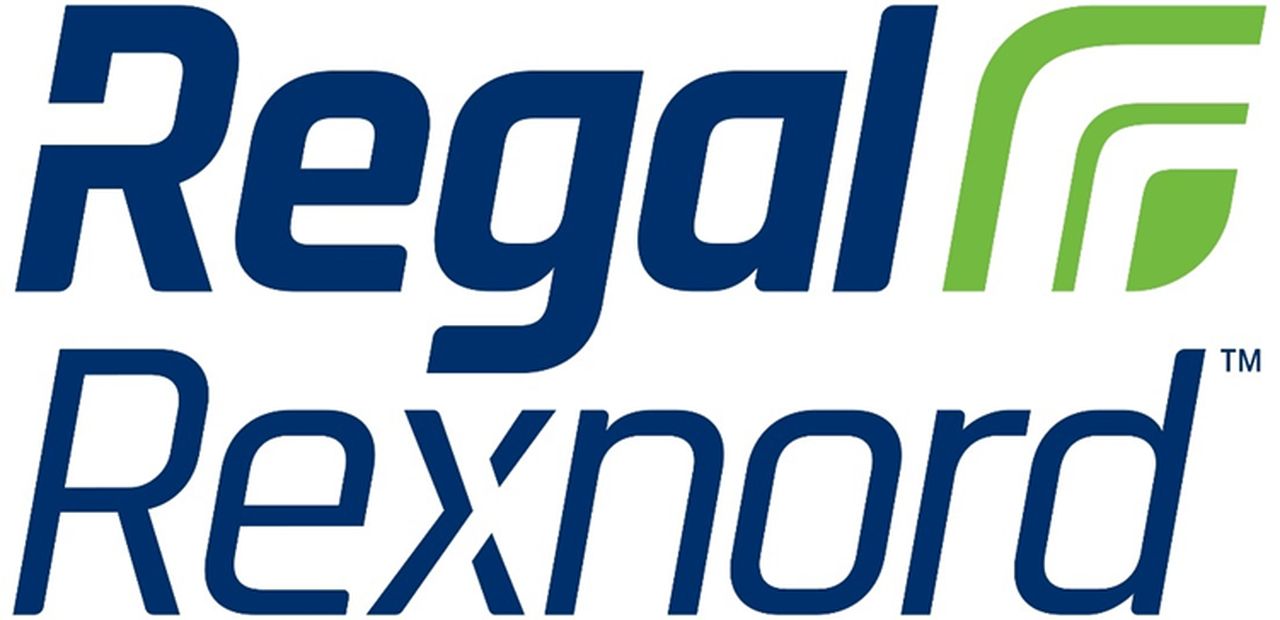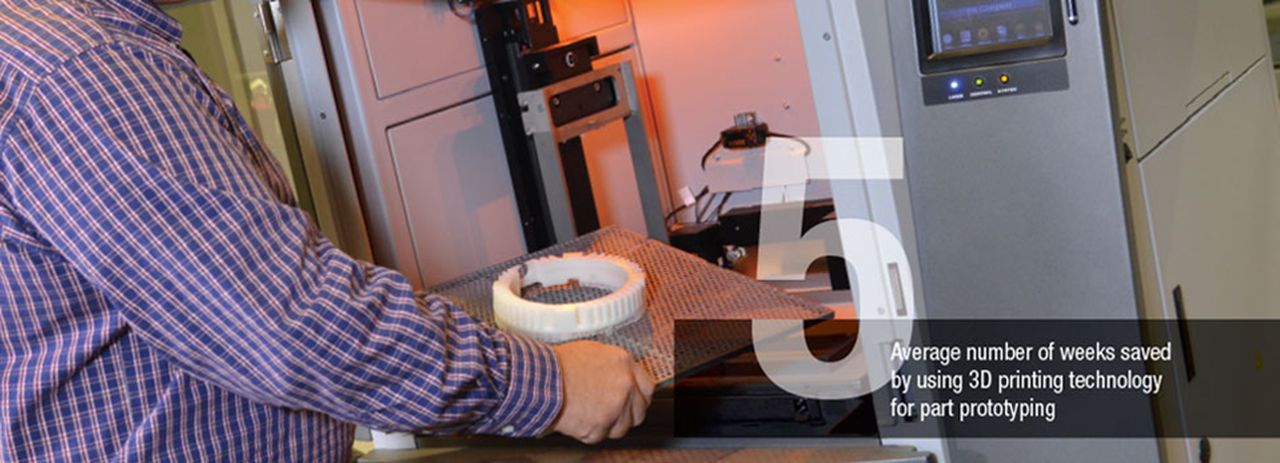
Charles R. Goulding and Preeti Sulibhavi look at how Regal Rexnord could leverage 3D print technology.
Regal Rexnord, a Wisconsin-based New York Stock Exchange (NYSE) company with a US$8B valuation has quickly become a major manufacturer. As Barron’s recently quipped, Regal Rexnord is the kind of company engineers like to love.
Including its recent acquisition of Altra Industrial Motion (Altra) in Braintree, Massachusetts, Regal has merged many leading industrial companies. Regal Rexnord manufactures small motors, clutches, alternators, gears generators, conveyors, electronic components and other products that are the basic building blocks of automation solutions.
Analysts expect Regal Rexnord to be a beneficiary of recent legislation including infrastructure the CHIPS Act and the Inflation Reduction Act (IRA). The Inflation Reduction Act includes large incentives for HVAC an industry focus for Regal Redford. Some of Regal Rexnord’s underlying businesses have 3D printing capability, including Warner Electric part of the Altra acquisition.
Warner Electric has installed a state-of-the-art 3D printer in a specially constructed temperature- and humidity-controlled room adjacent to the engineering department. The printer can accommodate a variety of resin materials to meet unique part specifications. Warner engineers can utilize the printer to generate a part within hours compared to weeks, depending on the level of machining typically required.
The new 3D printer is used for prototyping new part designs and for generating small quantity production parts.
David Ebling, president of Altra Industrial Motion’s Electromagnetic Clutch Brake Group explains,
“Today, rapid 3D design and 3D manufacturing technologies enable us to quickly produce complex-shaped parts to satisfy specific customer needs, with less capital investment. Together with quick set-up practices and single-piece flow production methods, part ‘volume’ consideration is now mostly irrelevant.”

Regal Rexnord’s, Genteq division, is considered an HVAC company and is the former capacitor, electronically commutated motors (ECMs) and electric motor division of GE, acquired in 2009.
The Research & Development Tax Credit
The now permanent Research and Development (R&D) Tax Credit is available for companies developing new or improved products, processes and/or software.
3D printing can help boost a company’s R&D Tax Credits. Wages for technical employees creating, testing and revising 3D printed prototypes can be included as a percentage of eligible time spent for the R&D Tax Credit. Similarly, when used as a method of improving a process, time spent integrating 3D printing hardware and software counts as an eligible activity. Lastly, when used for modeling and preproduction, the costs of filaments consumed during the development process may also be recovered.
Whether it is used for creating and testing prototypes or for final production, 3D printing is a great indicator that R&D Credit eligible activities are taking place. Companies implementing this technology at any point should consider taking advantage of R&D Tax Credits.
Conclusion
A new major industrial company focused on automation building blocks coupled with recent Federal legislation should be interesting to watch. Hopefully, it will leverage its 3D printing successes across all product lines. Automation and 3D printing is a powerful combination.
